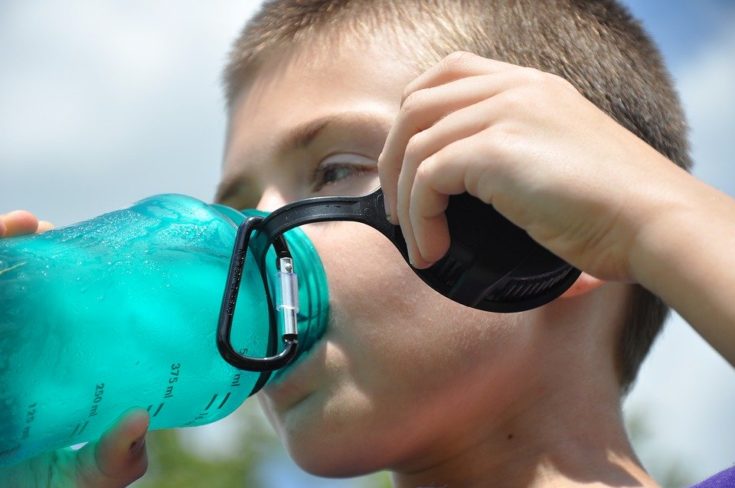Disclosure: This post may contain affiliate links, meaning we get a commission if you decide to make a purchase through our links, at no cost to you. Please read our disclosure for more info.
Did you know that, in proportion to their size, children drink far more water than adults? Part of this is because they don’t drink the level of tea and coffee that adults do, the other part may be that children are simply healthier. The majority of the water they drink is from the faucet. But that leaves the question of how safe is the drinking water in your home?
The majority of the water they drink is from the faucet. But that leaves the question of how safe is the drinking water in your home?
In This Post:
The Treatment Process
Children and adults are familiar with the water cycle. This is the process of evaporation, rainfall, and the filling of reservoirs. The water is then put through the treatment plant which removes debris and bacteria. In the process, chemicals are added including chlorine and fluoride. This water is then sent down the pipes to all the homes. However, on this journey, the water can pick up debris from inside the pipes and it is even possible that a tiny tear in a pipe will allow bacteria into the water.The result is that the water which arrives at your faucet may not be as clean and safe as that which eaves the treatment plant.It’s also important to consider the chemicals added to the water.
Chlorine
This chemical is very effective at killing bacteria. You’ll know it’s added to swimming pools to do the same job and keep the water safe enough to swim in. But, chlorine is also a danger, it’s the chemical used in poison gas.Chlorine can cause respiratory distress as it is an irritant. Your child drinks more water than you and has a smaller throat area, increasing the risk from chlorine. It is also known to affect the skin. You may not think about this aspect but the drinking water in your home is the same water that your children shower in. Exposure to chlorine can irritate their skin, as well as adults, causing dry and itchy skin.It should also be noted that chlorine consumption has been linked with an increased risk of bronchiolitis, allergies, and asthma. This is demonstrated by studies into the effects of swimming in chlorinated water before the age of 2. The fact that this affects your child when they are only swimming in the water should illustrate the issues when they are drinking it.
Fluoride
The other major chemical added to chlorine is fluoride. This has been added for years on the grounds that it strengthens teeth and reduces tooth decay. That’s important for children and adults.However, some studies have suggested that the consumption of fluoride increases the risk of cancer. This is a debate that still rages but I certainly worth considering.
The Solution
The best option to ensure your child and you are not consuming these potentially harmful chemicals is to use reverse osmosis. This is a filter fitted to your water system that uses a semipermeable membrane to remove chemicals from the water, rendering it safe for you and your child. It’s worth finding out more about it today.
